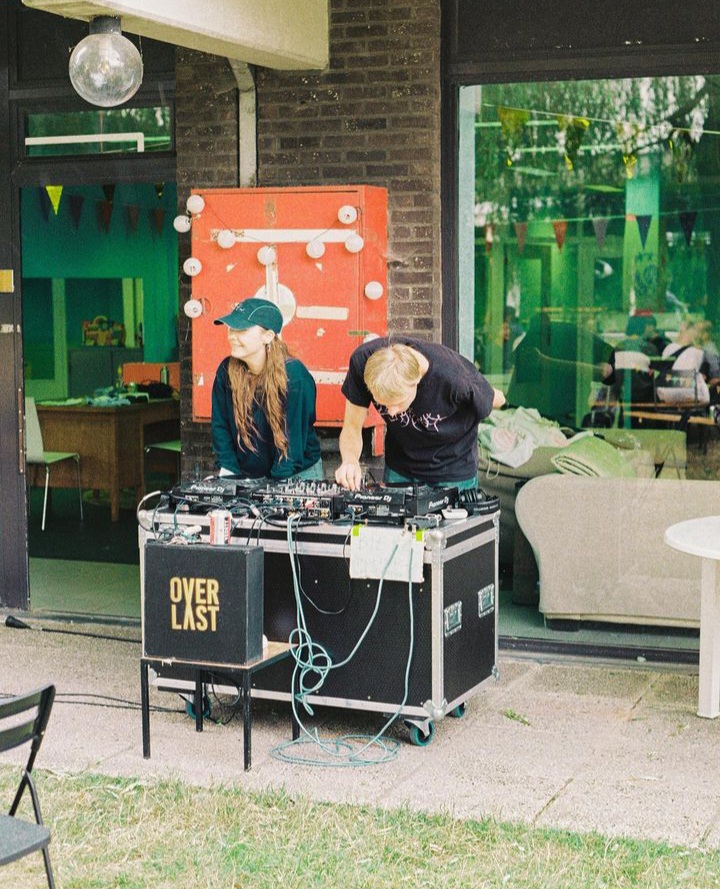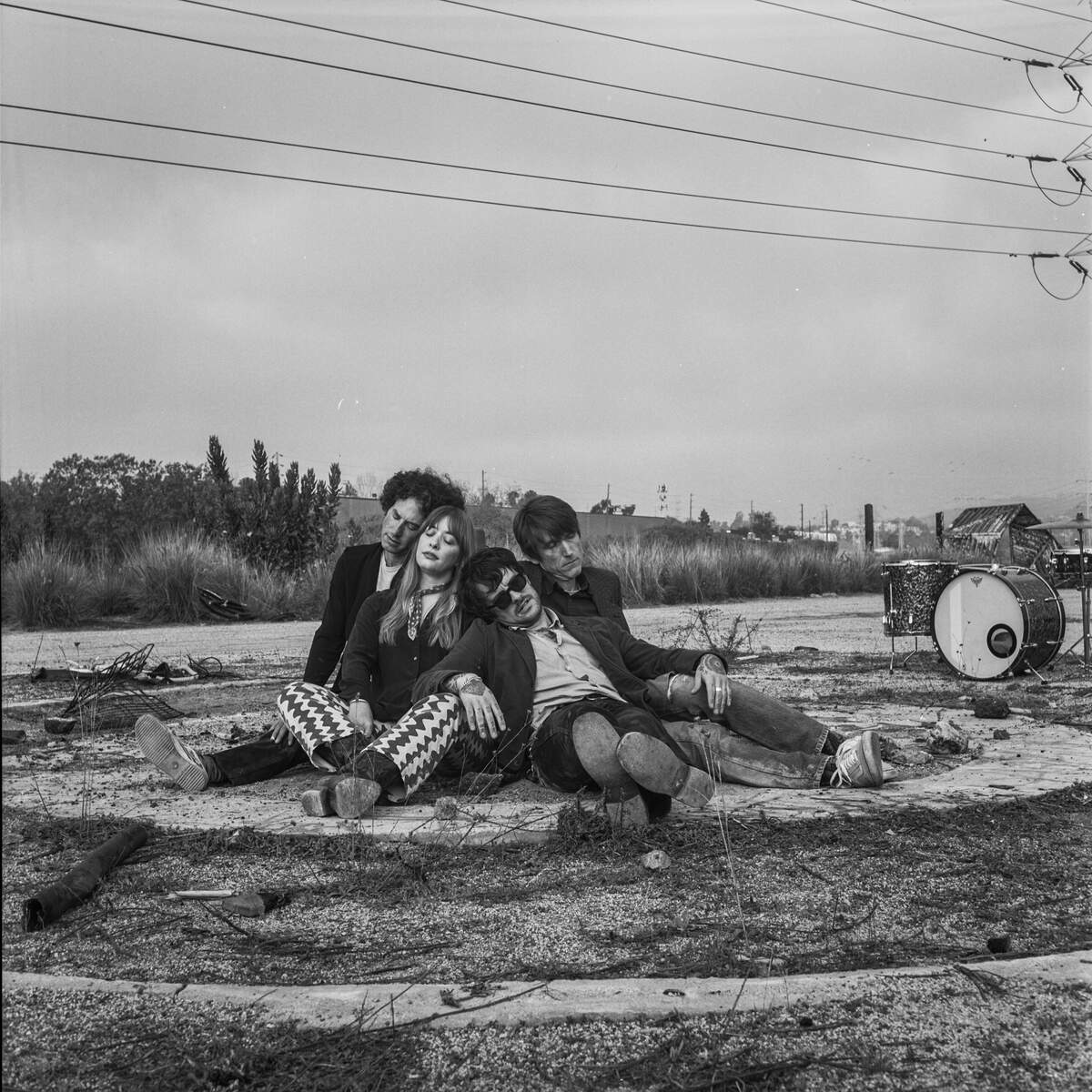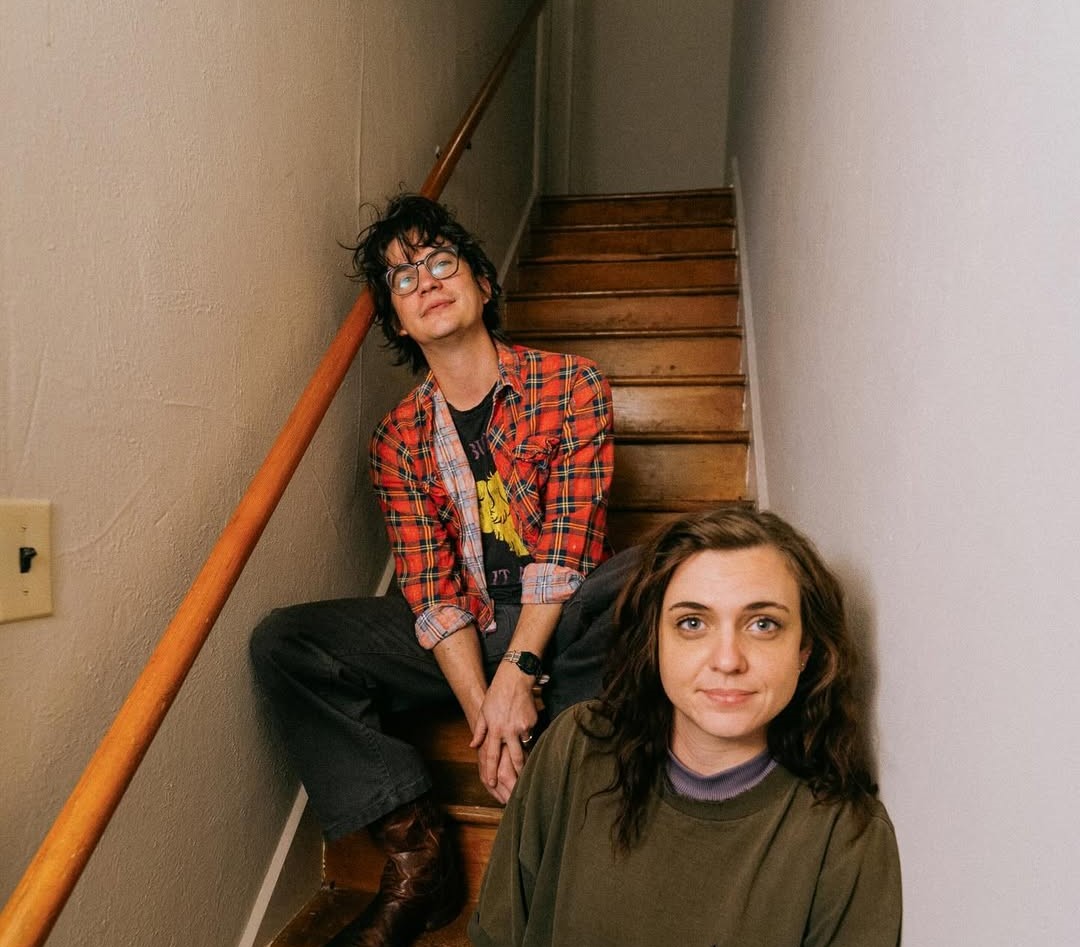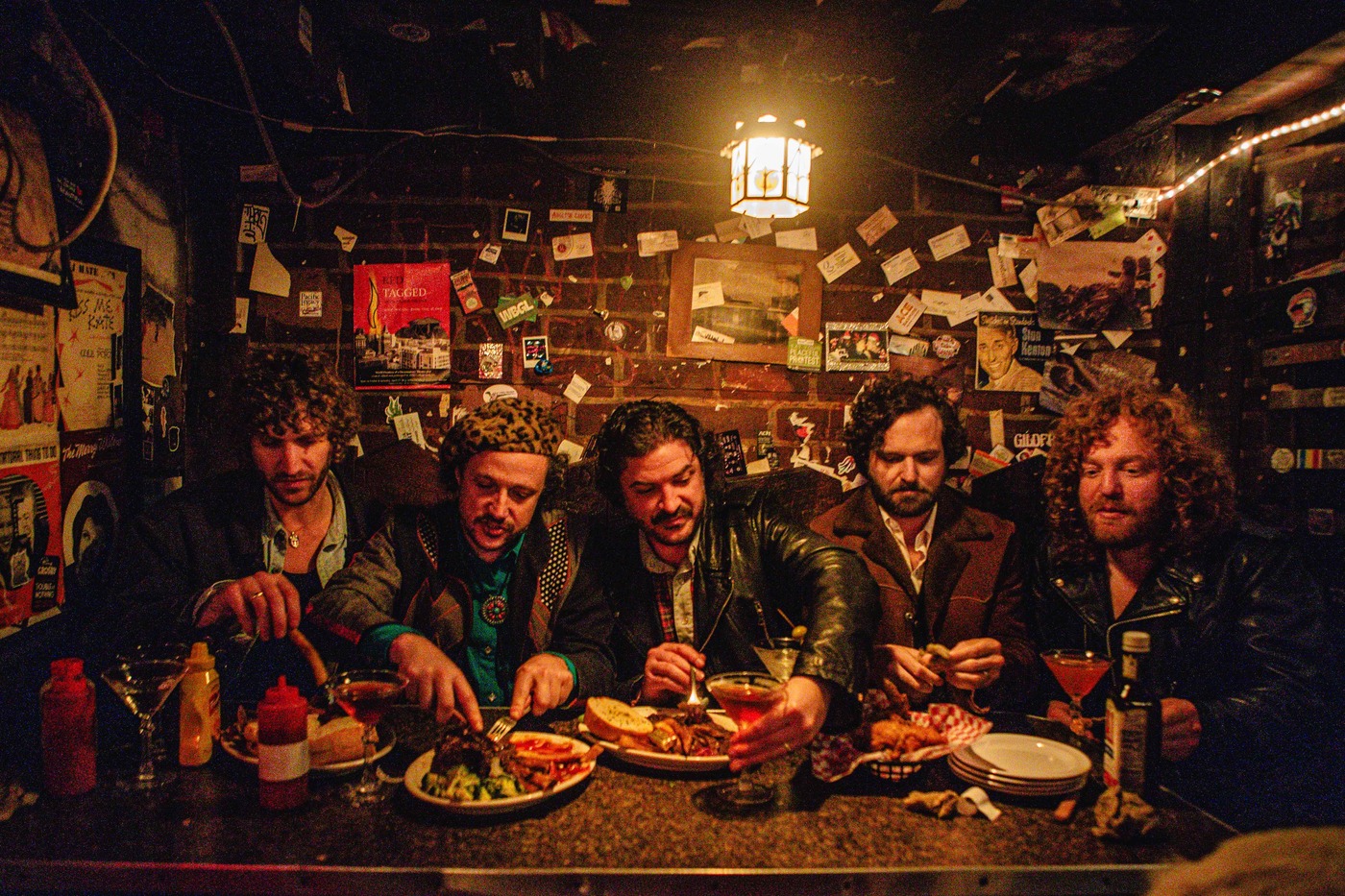Kamerkaai
“Kamerkaai” is the moniker used by Anne-Leen Declercq for her raw sample-based lo-fi folk experiments.
She often explores different styles of music.
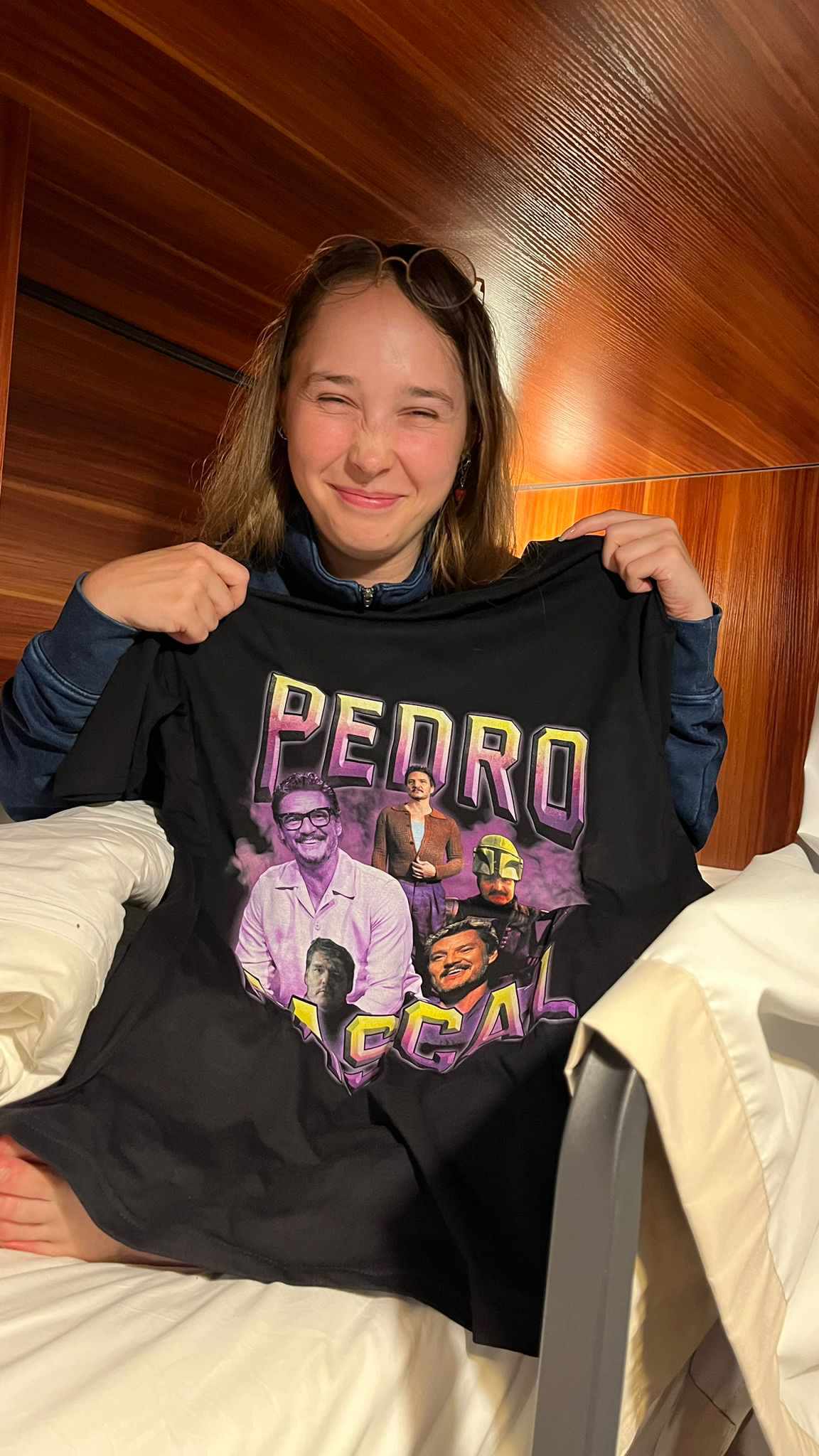
“I knew more trees than people”
So when did Kamerkaai start?
Anne-Leen Declercq: About a year ago. Actually, no. I started around the mid to end of the Corona pandemic. I used to study graphic storytelling and completed it in 2022. I lived between Brussels and Amsterdam with my partner at the time. We used to play this word game, which is how ‘Sinzenloep’ was created. Instead of my usual folk singer-songwriter songs, I decided to explore different music, noise music, and I did.
So all the material you’ve seen published on Bandcamp and Spotify was made then. They’re quite old albums, in fact. Although they were seemingly published in 2023, they’re actually three years old, published chronologically. ‘Marjolein’ was made at the end of 2020. So it’s quite old. Now I’m exploring ways to transform my performances into something more unique. I enjoy energetic performances, even though it’s quite challenging with soundtracks. So I’m looking for a way to achieve that, I guess.
Is Kamerkaai a solo project?
Yes, Kamerkaai is just me. I’m 23 years old and currently living in Brussels. I initially studied graphic storytelling and then pursued a second master’s degree in education. Music is my passion—I enjoy creating raw and unconventional sounds. My approach is to produce quickly and impulsively, often looping beats and avoiding rigid structures. The philosophy behind the project is to stay off the grid, capturing moments of spontaneity. I aim for a lo-fi, homemade sound. I apologize if my explanation seems scattered.
You’re based in Brussels, you said?
Yes, Brussels. Although I prefer to pay homage to my hometown of Lichtervelde. It’s a beautiful place, quiet yet lively with fields and a close-knit community. Growing up there was serene; I knew more trees than people and listened to breezes instead of concerts because they were scarce. I don’t claim Brussels as my own city since I didn’t grow up in an urban environment. That distinction is important to me.
What’s the idea behind Kamerkaai?
Kamerkaai emerged as more of a Covid project. Naturally, we found ourselves confined to our rooms, caught in the cascade of circumstances. Personally, I was perhaps feeling bored and simply experimenting. It was my first venture into music production, as I’m still young and was even younger at the time. I lacked experience in production techniques. Nonetheless, I aimed to create sounds that were truly unique—sounds that, despite being electronic in nature and born out of the digital age, exuded a sense of vitality. I sought to capture emotions and experiences beyond the confines of the digital realm, despite its being the origin.
“My aim is to create increasingly energetic music”
You often start with folk instruments.
I incorporate folk instruments like accordions and flutes in a manner that allows them to permeate digital production, almost like a spreading virus, I suppose. My aim is to create increasingly energetic music, even joyful tunes, though this can be challenging within the realm of ambient noise. I strive to produce work that energizes listeners and brings them happiness, understanding, and a sense of being seen. I want my music to transport them to new realms and inspire storytelling. Ultimately, my greatest desire is to fully enjoy and be present in the moment of creation. It’s quite a tall order, I admit.
I really enjoyed listening to those three releases on Mostly Interrupted.
Thank you so much for enjoying them. That’s really kind, because I never know if people listen to my joyful creations. It’s like trigger-happy creating. So, what’s your next question
The music of Kamerkaai continues to explore various directions, spanning from free folk to noise to sample-based pieces. Are you still in the process of figuring out what you want to do and where you want to go? Is Kamerkaai still a work in progress?
Certainly, it explores many directions, although I sense a certain coherence emerging. I create based on the current times, my mood, and the available resources. For instance, if I have my cat on my lap, like right now, I might record her scratching my knees or pants, and that sound could serve as the foundation for a piece. Inspiration often strikes spontaneously, and putting it out there sometimes helps clear the mind. So, I figure out what I’m doing as I’m doing it. However, after creating many spur-of-the-moment pieces, I now feel inclined to approach my work with more intention and respect, balancing spontaneity with refinement.
How would you define your work?
I find it futile to categorize the type of music I aim to create. It’s simply about what brings me joy in the present moment. There’s no need for rigid definitions; it’s as fluid and unpredictable as day-to-day life itself. Things unfold, creations take shape, time moves forward, and new things come into existence. I suppose the only defining characteristic might be its enigmatic nature. Additionally, I strive to craft digital sounds that resonate as organic and unprocessed, as a sort of counter to digitalism.
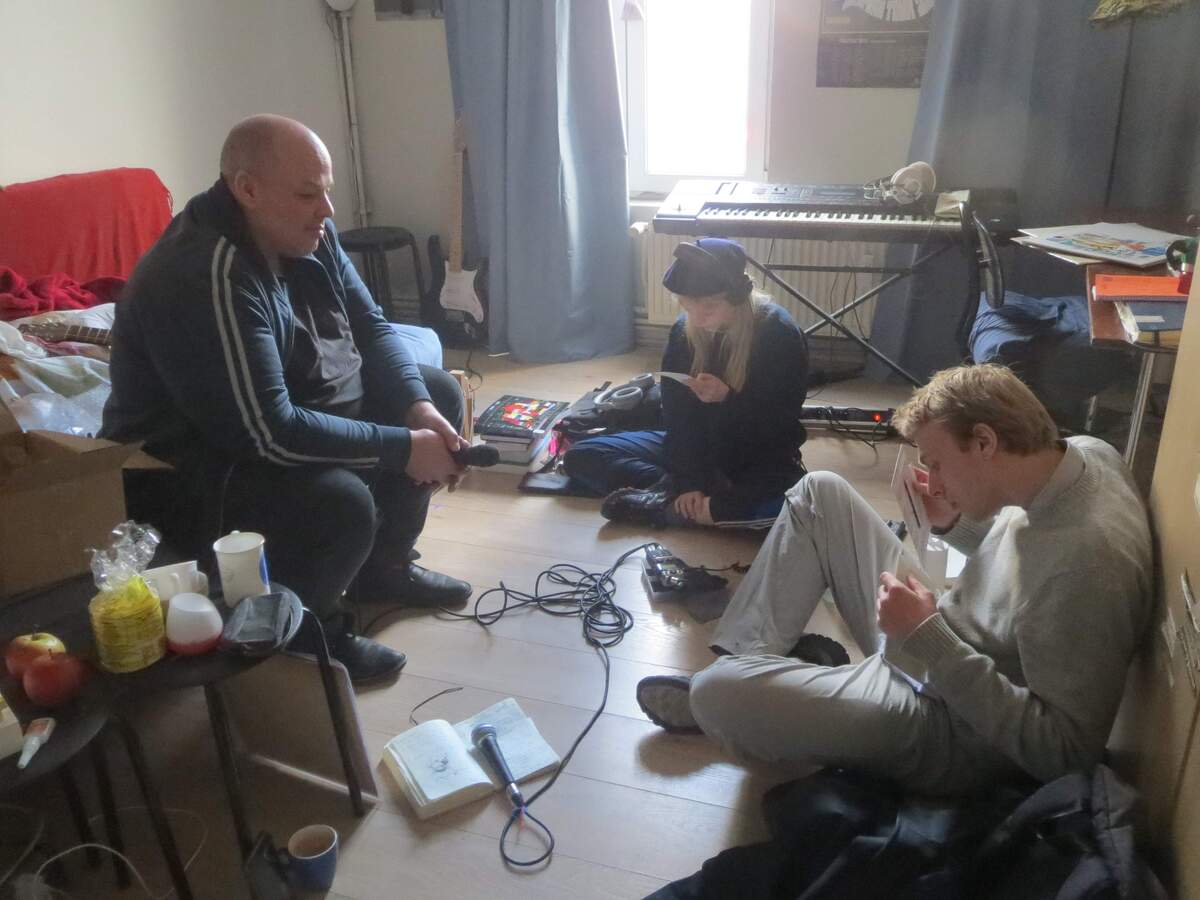
What’s the working process of Kamerkaai like? How do you make your music? Is it cut-and-paste music? Collage?
It primarily involves me playing and recording samples, then completely transforming them into something unrecognizable. This transformation includes stretching, shortening, cutting, and strategically arranging the pieces to create a cohesive composition. I still have much to learn in this regard, but the process is mostly driven by the sheer enjoyment of creating.
Well, that’s a lot I’ve covered. Thank you so much. Goodbye.
Joeri Bruyninckx
Kamerkaai Facebook / Instagram / Twitter / Bandcamp / YouTube

